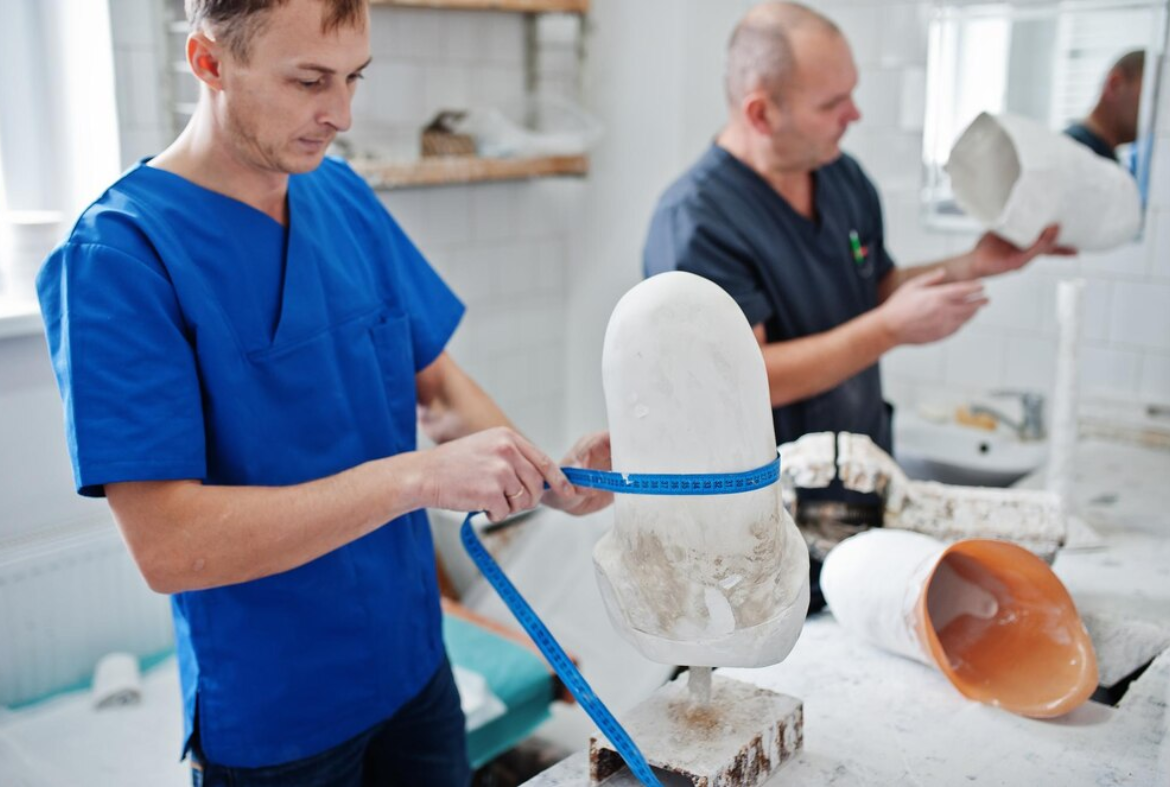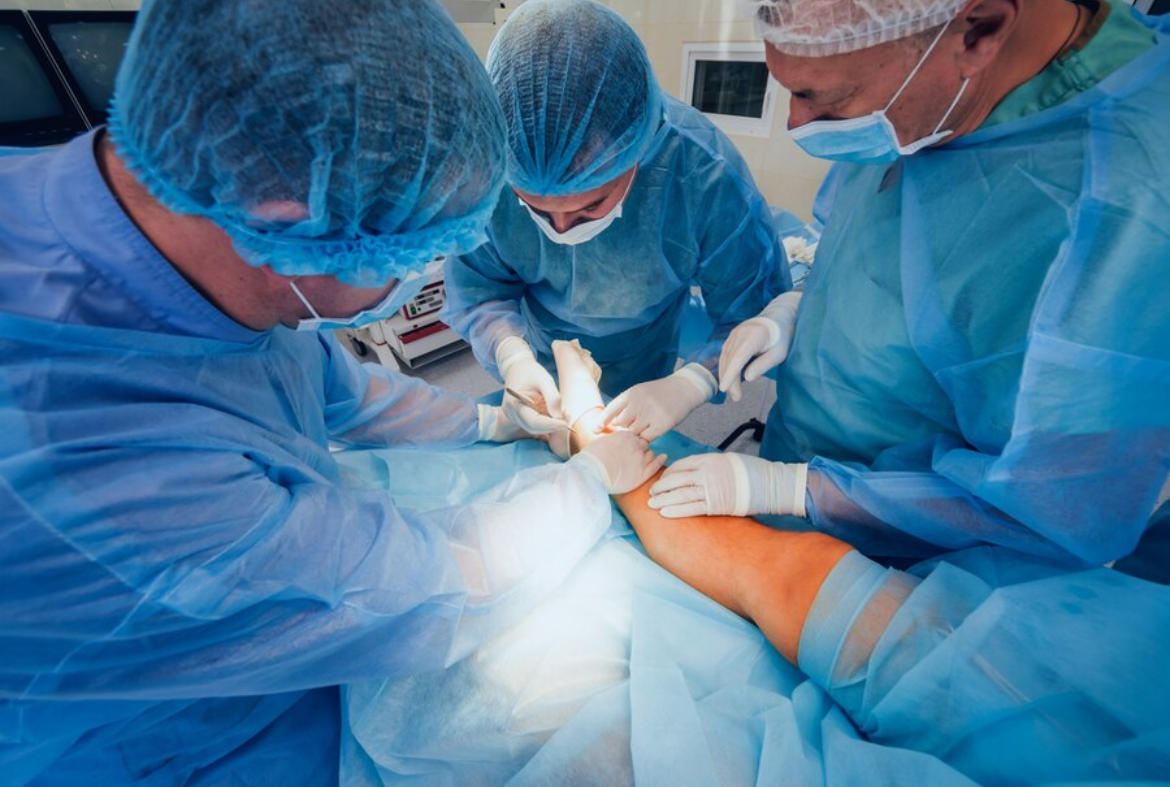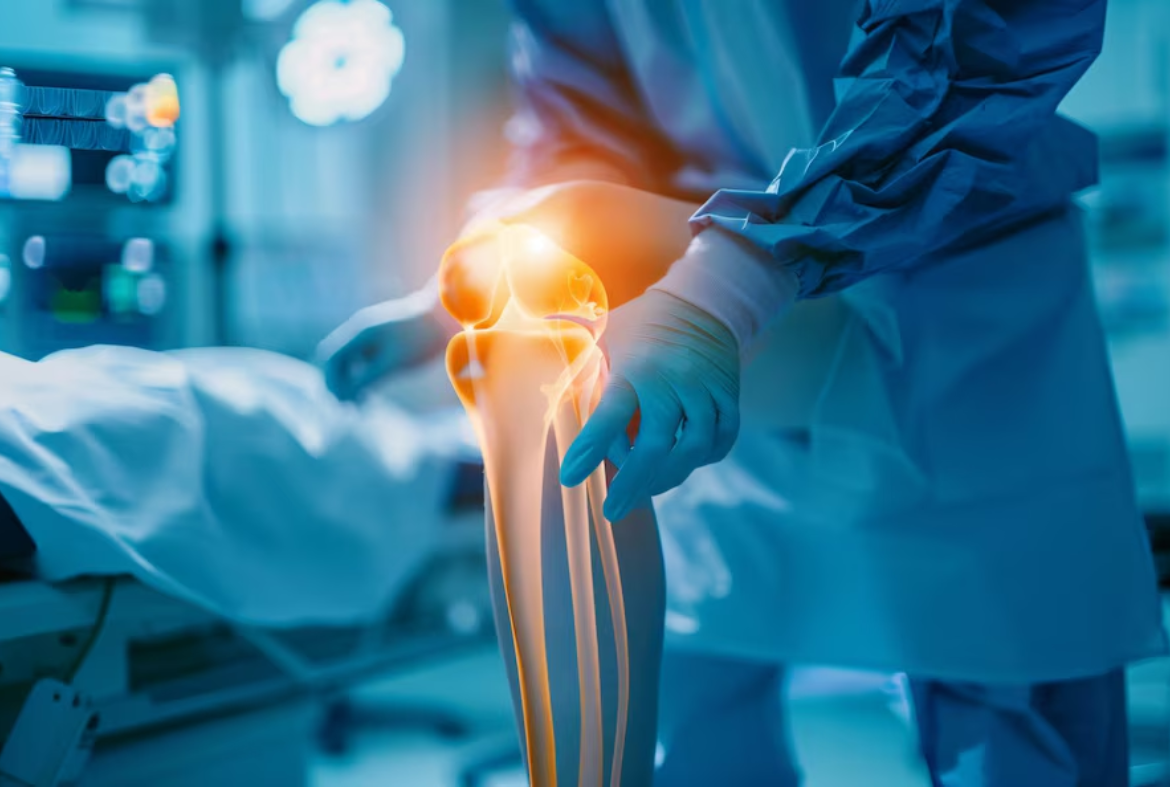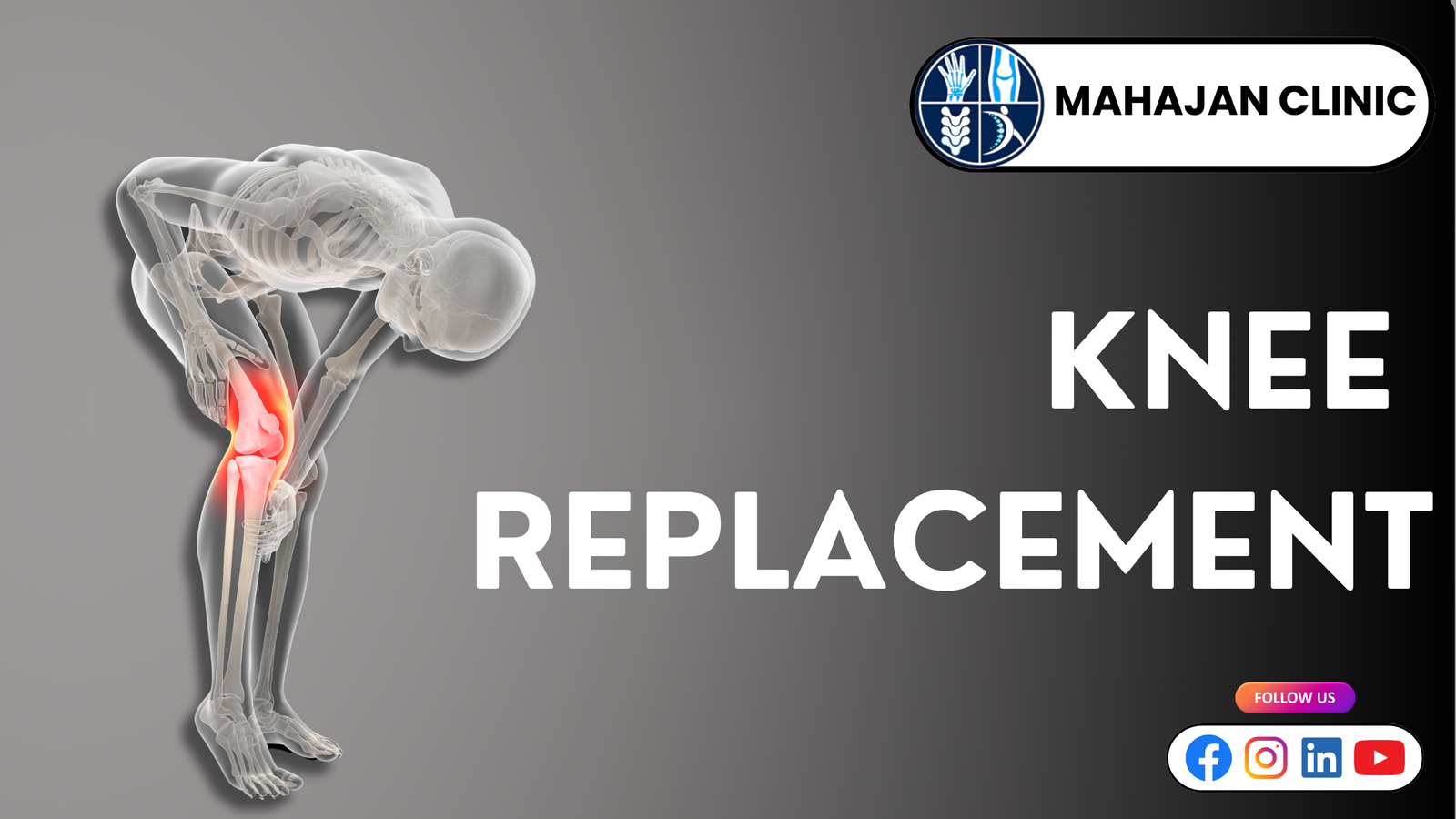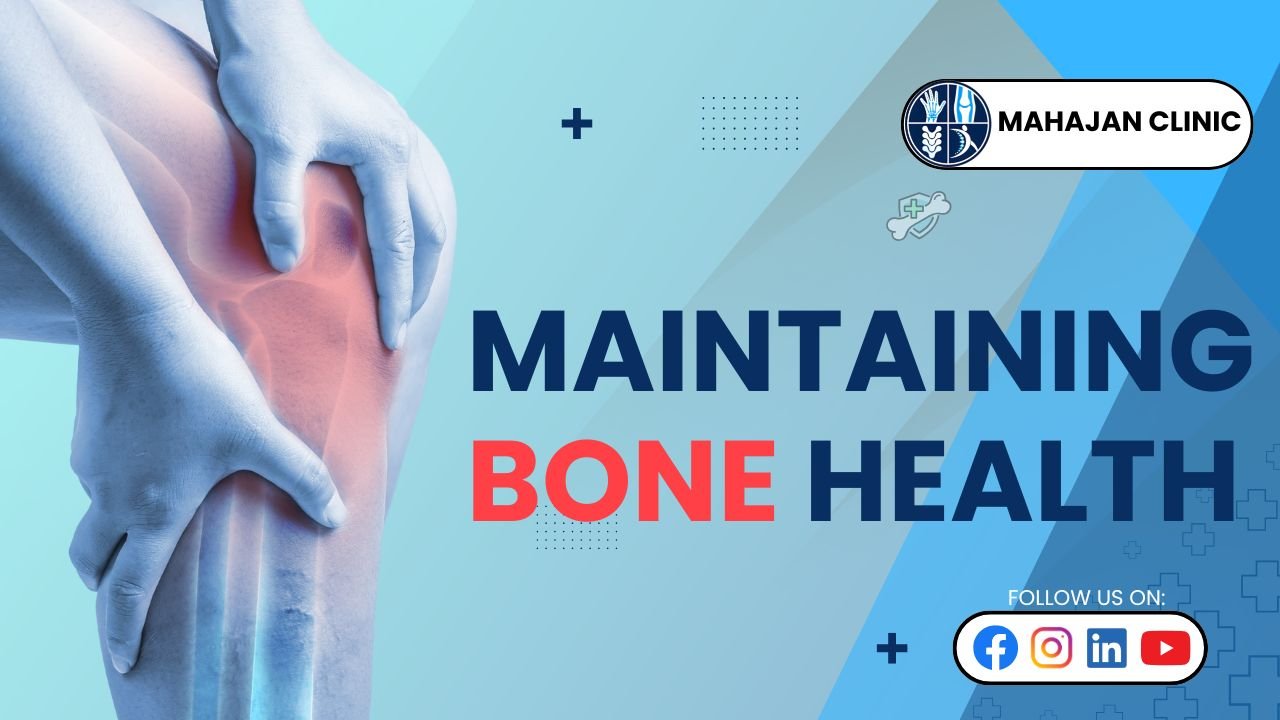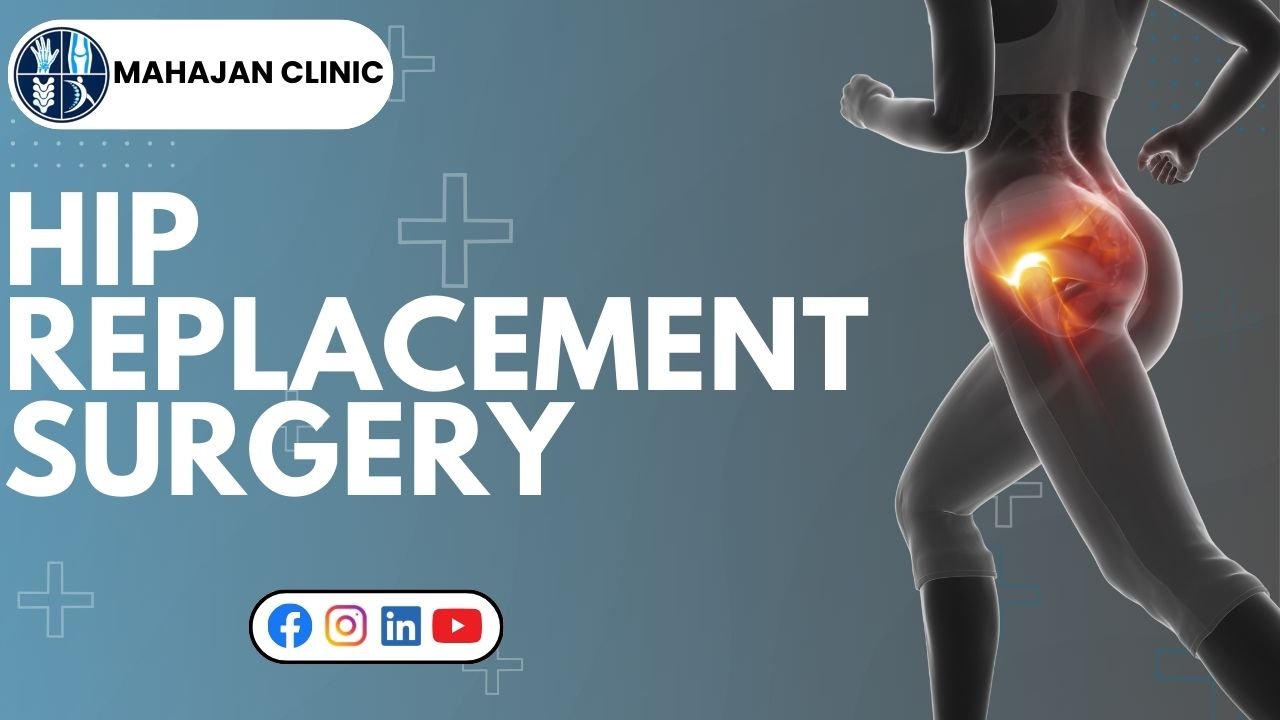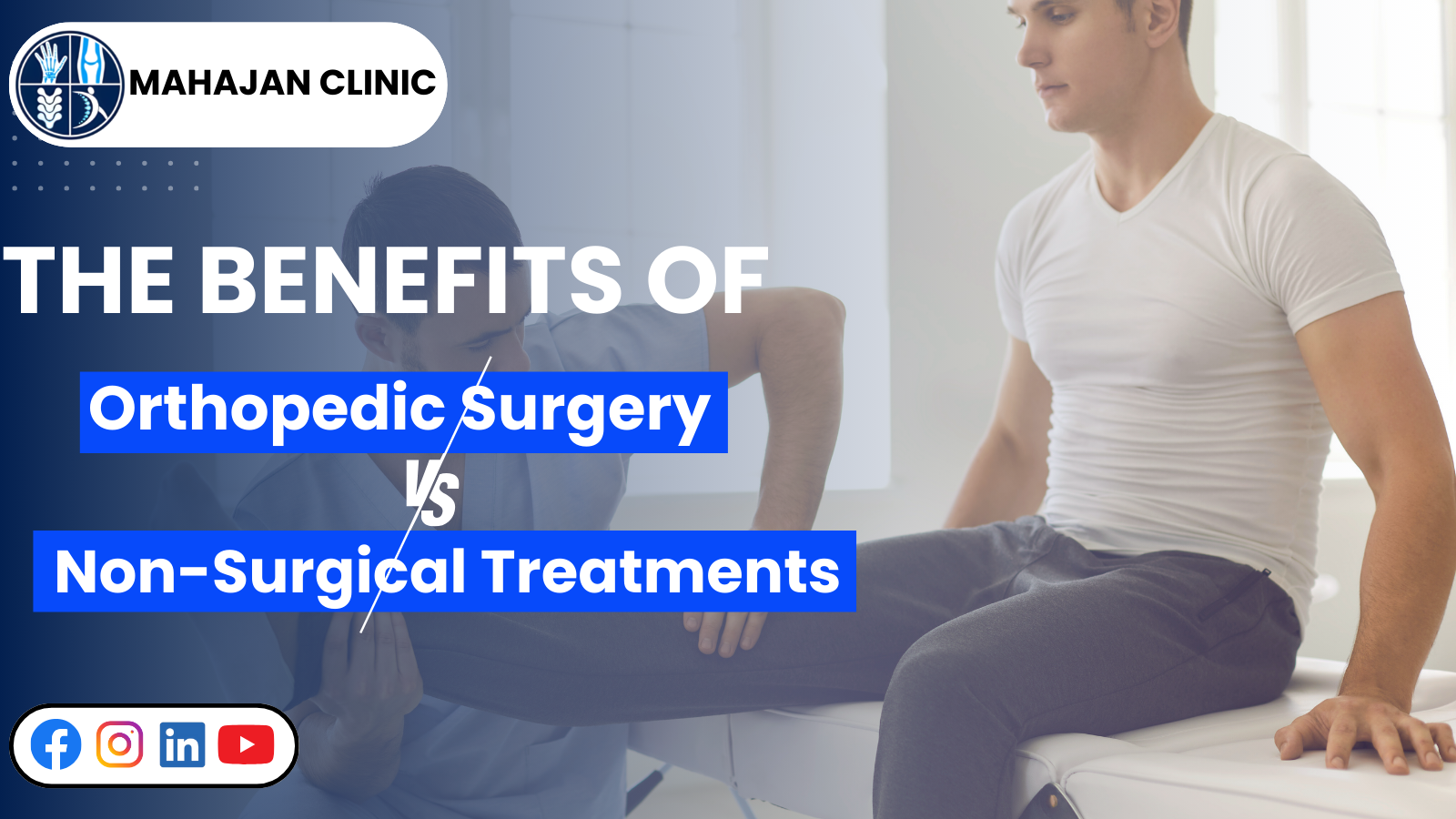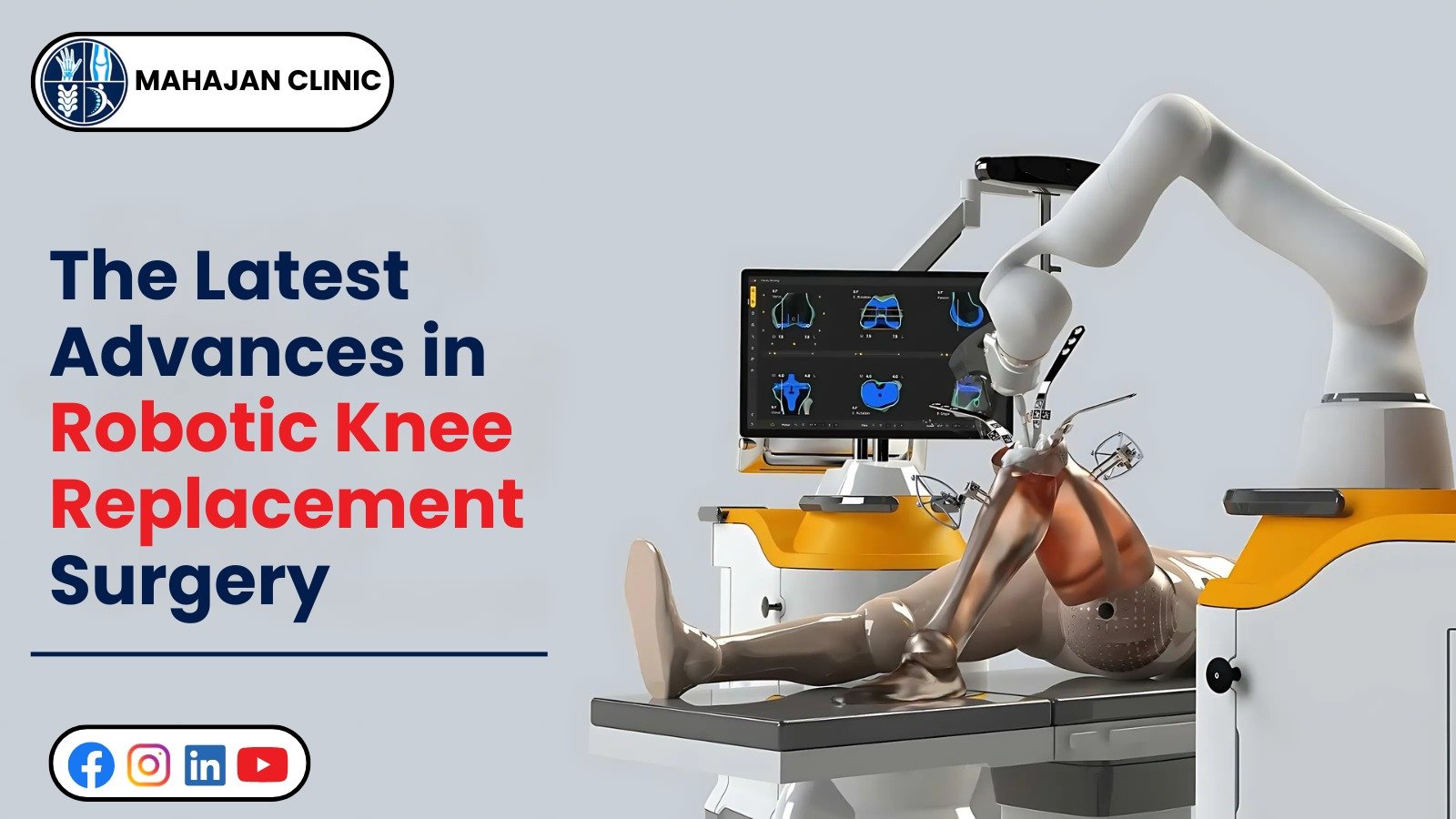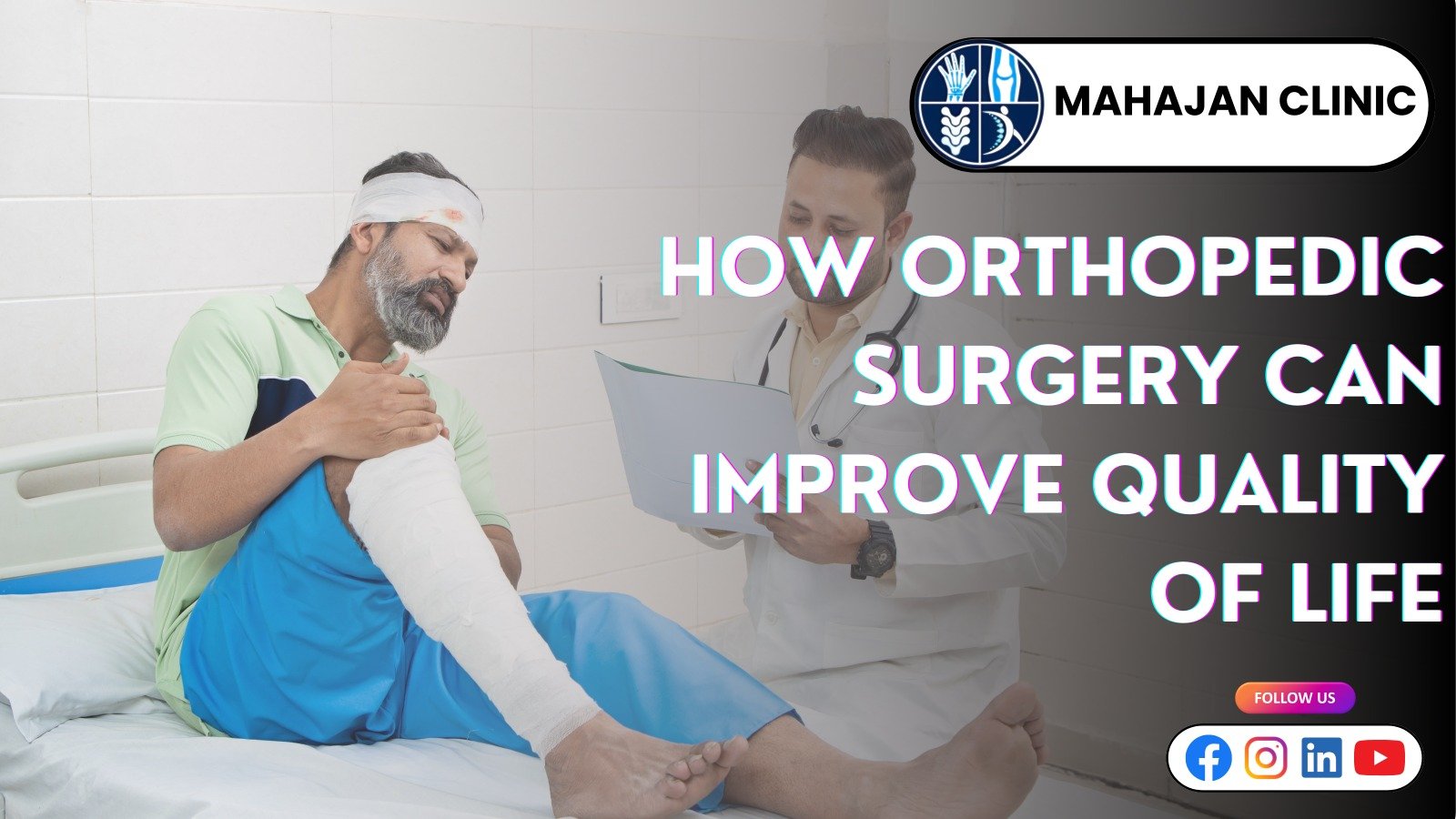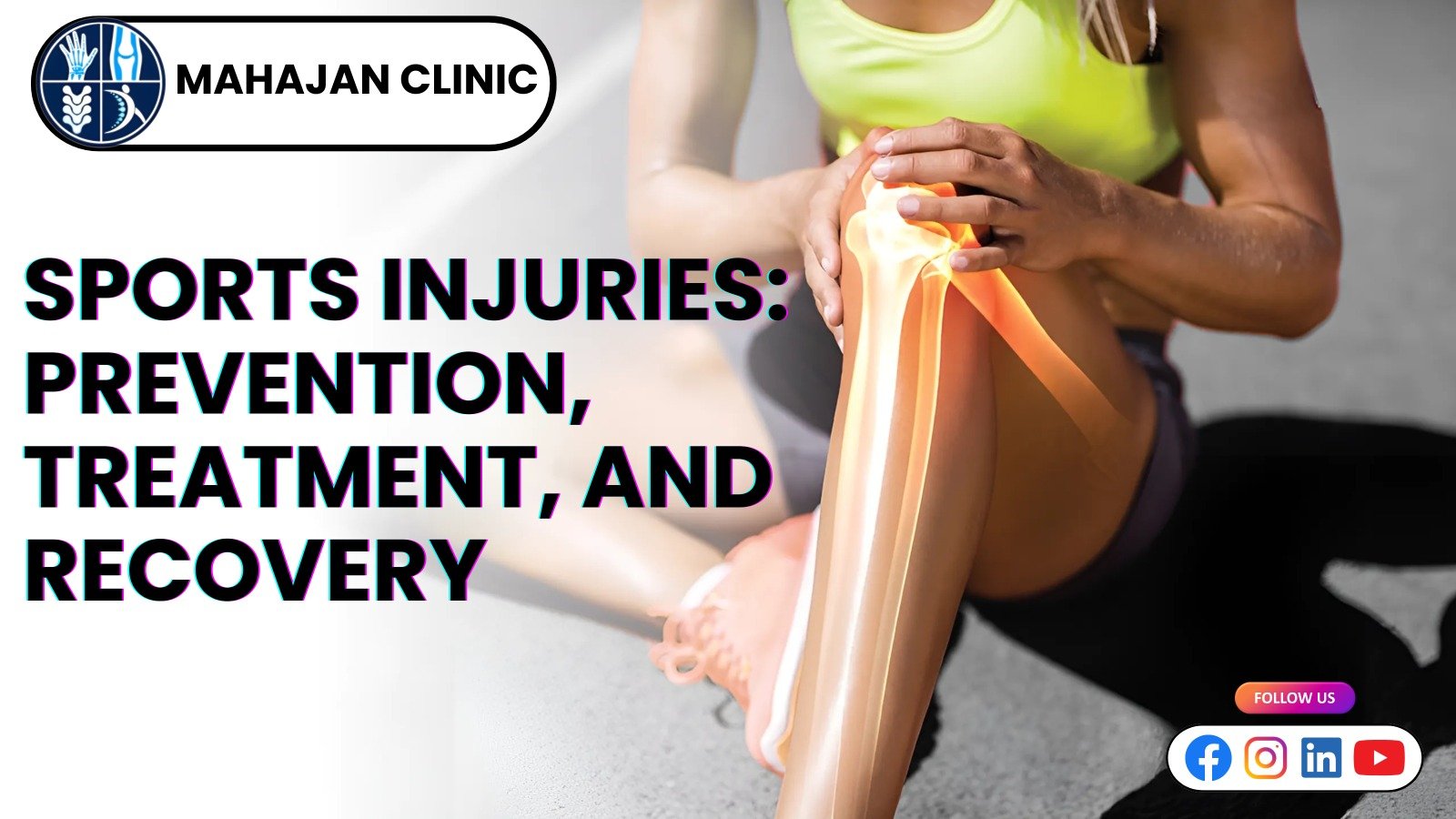Blog Details
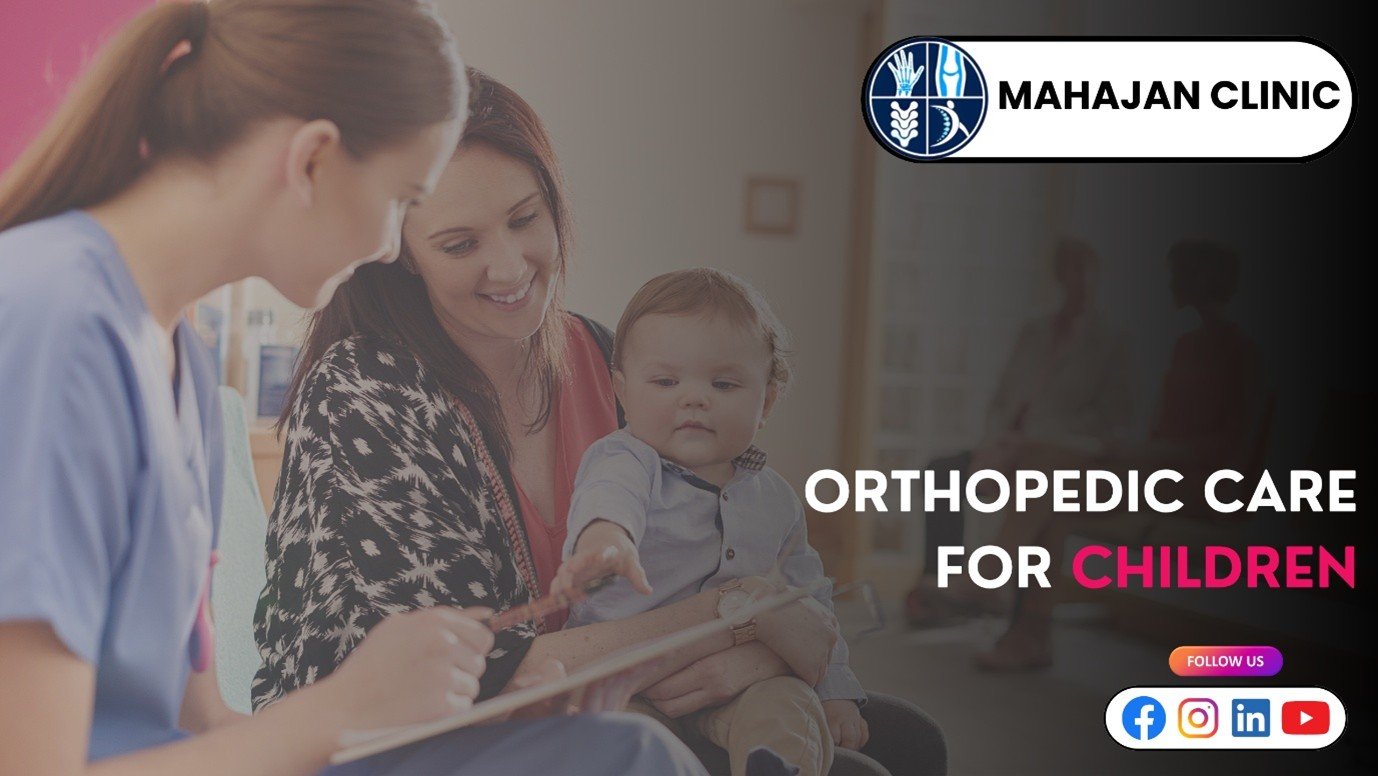
Orthopaedic Care for Children: What Parents Should Know
The development of your child's bones and joints might not be the first thing that comes to mind when thinking about their health, but it should be. From infancy through adolescence, children's bones, joints, and muscles undergo significant changes due to their continuous growth. Dr. Rakesh Mahajan at Mahajan Clinic says that if parents identify the early symptoms of musculoskeletal issues and act quickly, many long-term orthopaedic problems can be reduced or even avoided. Children who receive early orthopaedic care can grow up strong and active, regardless of the severity of their injuries, abnormal gait, or chronic joint pain.
We will discuss the fundamentals of paediatric orthopaedic care, including how to identify problems early, why it differs from adult care, and how to locate the best paediatric Orthopaedic doctor for your child’s unique needs.
Why Paediatric Orthopaedic Care Is Different
Children's physiologies are completely different from those of small adults. Their growth plates are active, their joints are more flexible, and their bones are still growing. Because of these variations, injuries or abnormalities require specialized knowledge to be treated.
For instance, a child's fracture might affect the growth plate, which adults do not have. It may affect the child's future height or limb alignment if improperly treated. Similar to this, ailments like flat feet or scoliosis (spinal curvature) may not hurt right away, but if ignored, they can cause problems that last a lifetime.
This is why it’s essential to consult the best paediatric Orthopaedic doctor, someone with the patience and expertise to work with young patients and their parents, in addition to having a thorough understanding of the medical side of things.
Common Paediatric Orthopaedic Conditions
Numerous orthopaedic conditions can affect children, ranging from infections and injuries to genetic and developmental disorders. Among the most prevalent are:
- Flat feet: Usually normal in babies, but it should be evaluated if the pain or trouble walking continues.
- Bowlegs or knock-knees: Although these are typical developmental differences, severe or protracted cases might require correction.
- Scoliosis: A sideways curvature of the spine that usually starts in adolescence or childhood.
- Hip dysplasia: A condition that can cause dislocation if the hip socket does not completely cover the ball of the thigh bone.
- Fractures and sports injuries: Particularly prevalent in kids and teenagers in school.
- Cerebral palsy-related musculoskeletal issues: Orthopaedic management may be necessary for these, either surgically or non-surgically.
Long-term health and function depend on early detection of these conditions and appropriate treatment.
Signs That May Indicate a Problem
You are essential in identifying the early warning indicators of orthopaedic problems as a parent. Here are some key indicators that your child may need professional Orthopaedic evaluation:
- Limping or abnormal walking patterns
- Frequent tripping or falling
- Complaints of joint or muscle pain
- Difficulty using a limb or stiffness
- Noticeable curvature of the spine
- Uneven shoulder or hip height
- Pain after sports or playtime that doesn’t resolve with rest
If you observe any of these symptoms consistently, it’s time to consult with the best paediatric Orthopaedic doctor in your area.
Treatment Options: Conservative to Surgical
Surgery is not always necessary for orthopaedic conditions. In actuality, conservative approaches can be used to manage a variety of pediatric orthopaedic issues:
Common Non-Surgical Treatments:
- Physical therapy to improve strength and mobility
- Orthotics or braces to support proper growth
- Activity modifications or rest for overuse injuries
- Pain management through medications and cold compresses
When conservative measures are ineffective or in cases of congenital abnormalities, severe scoliosis, or complex fractures, surgery may be required. In order to reduce surgical trauma and promote quicker healing in young patients, paediatric orthopaedic surgeons receive specialized training.
When Sports and Growth Collide
Children and teenagers who are active are more likely to sustain injuries, especially when participating in competitive or high-impact sports. Another layer of complexity is added by growth spurts, which can cause imbalances and joint stress because bones and muscles may not grow at the same rate.
Parents and young athletes can adopt the following preventive measures:
- Ensure proper warm-up and cool-down routines before and after play
- Use appropriate footwear and sports gear
- Encourage cross-training to avoid overuse of specific muscle groups
- Avoid early sports specialization in young children
Consulting with the best paediatric Orthopaedic doctor can also help design age-appropriate training plans and guide injury recovery if needed.
How to Choose the Right Orthopaedic Doctor for Your Child
Selecting the appropriate specialist is equally as crucial as starting treatment as soon as possible. Take into account the following when searching for a paediatric orthopaedic physician:
- Board certification and paediatric specialization
- Experience in treating specific conditions or injuries
- Access to child-friendly diagnostic tools and physical therapy
- A clinic that’s equipped to handle long-term follow-up and rehabilitation
A doctor who answers all of your questions calmly, communicates well, and helps your child feel secure and at ease throughout the examination is also someone you should seek out.
Supporting Your Child Through Orthopaedic Care
For both parents and children, navigating orthopaedic care can be emotionally draining. Keeping the lines of communication open is crucial. Using language that is kid-friendly, describe the diagnosis and treatment strategy. Celebrate small victories in recovery, and never hesitate to ask your doctor for clarification or support.
Keep in mind that your child's journey involves more than just healing; it also involves them readjusting to play, school, normal life, and confidence. Your child's perception of physicians, hospitals, and even their own body can be profoundly altered by receiving quality orthopaedic care.
Final Summary
Because their bones are still growing, children are both resilient and vulnerable. Early detection of problems and appropriate treatment can influence your child's health in the future. Timely intervention is essential, regardless of whether your child has a minor injury, a developmental abnormality, or a more serious orthopaedic condition. You can be sure that your child will receive the best medical care and the kind of compassionate care that paediatric patients require by speaking with a reputable professional like Dr. Rakesh Mahajan at Mahajan Clinic. When it comes to your child's comfort, development, and mobility, never accept anything less than the best paediatric Orthopaedic doctor.
